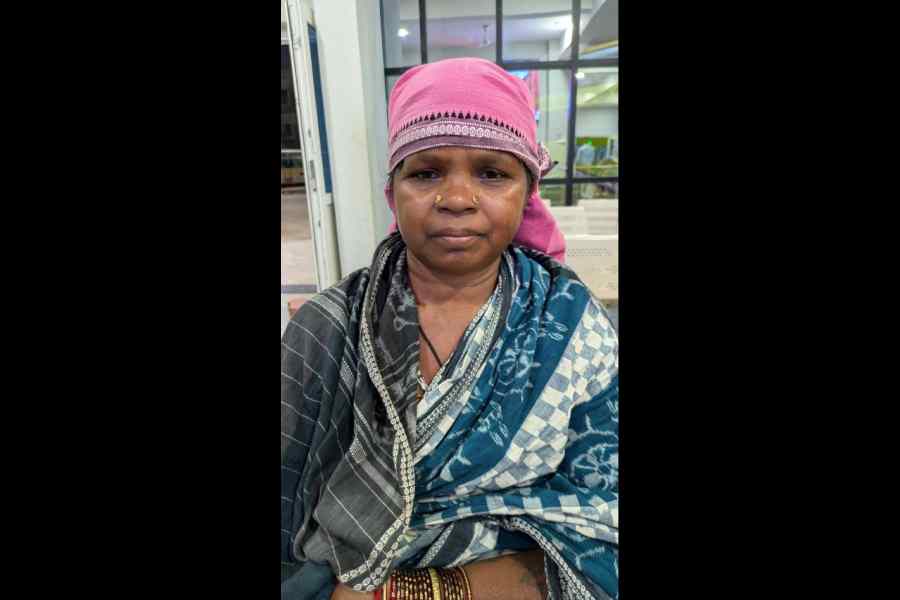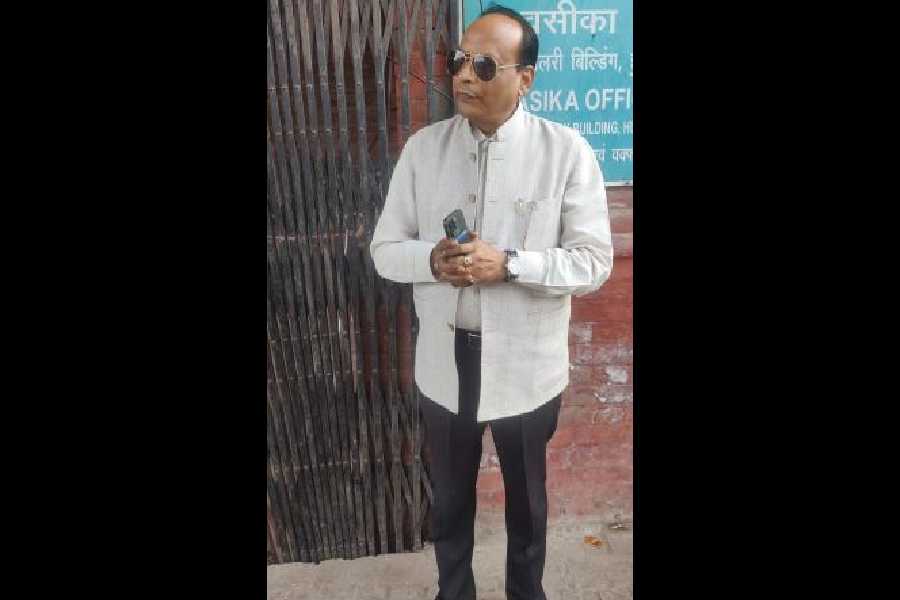A small city of the dead rests in a crypt that sprawls beneath Ospedale Maggiore, a public hospital in central Milan where, from 1637 to 1693, the corpses of some 10,000 patients were dumped and interred. Established by the Duke of Milan in 1456, the facility — nicknamed Ca’ Granda, or Big Factory — had a singular mission: to provide assistance to the sick and injured, particularly the city’s working poor.
“It was Europe’s first known secular hospital,” said Folco Vaglienti, a historian at the University of Milan, Italy. “Unlike the religiously affiliated institutions of the time, it welcomed people of any ethnicity or religion, marking a significant shift to a more universal approach to healing.”
In 2018, Mirko Mattia, a bioarchaeologist at the University of Milan, and a research team began sifting through the remains in the tombs. Since then they have been studying bones found in the crypt to better understand the health, diet and drug use of 17th-century Milan’s most impoverished people.
Ca’ Granda’s medical services, with pioneering treatments and therapies, were unrivalled throughout Europe. Its four wings were built around a central church, Chiesa della Beata Vergine Annunziata, providing thousands of patients with specialised care in separate wards for broken bones, tuberculosis and other conditions.
The hospital was equipped with a sewer system, kitchens, a laundry, pharmacies and even an icehouse. During the 1600s, a crypt was constructed under the church. Comprising 14 chambers, all about seven feet tall, the sepulchres cover a surface area of more than 3,900 square feet.
After a granite lid was removed from one of the square holes in the church floor, bodies would be dropped into a vault of the brick-lined tombs. Over time, the corpses accumulated and formed a funnel-shaped pile, called a talus cone. When a talus cone reached the ceiling and could not hold more bodies, a new vault would be used.
Unlike the lower layers, which held individual skeletons, the upper ones are a chaotic scramble of bones from many patients. This disarray was prompted by the crypt’s prolonged use and the hospital’s constant struggle to make room for more bodies.
By combining Ca’ Granda’s patient records with the city’s Mortuorum Libri, a death register maintained since 1451, the research team discovered that the ossuary contains the remains of both men and women of all ages, from foetuses to the elderly. Initial estimates suggest a high number of men, even in the care areas.
The crypt was intended to be a holding area for corpses until they had decayed enough to be moved to a cemetery on the city outskirts. But decomposition was hampered by high humidity and poor ventilation, the result of periodic flooding and the proximity to an aquifer.
Several factors led to the crypt’s closure in 1693: the unusual preservation of corpses in the cool, damp chambers; the challenges of retrieving them; and a powerful odour so repulsive that it caused nuns in the church to faint. In 1697, a new burial place was opened, the Rotonda della Besana, which remained in use for a half-century.
In its time, Ca’ Granda was known for selling off the clothes and other belongings of the dead. Mattia and his colleagues were surprised to discover a cluster of five 400-year-old gold coins from Venice, Spain and France under the skeletons. Mattia dismissed the possibility that the money came from a pocket or a purse; dead patients were stripped naked and wrapped in bedsheets before being lowered into the chambers. He theorised that a travelling merchant, fearing theft while hospitalised, had swallowed the loot, a fatal attempt at concealment.
The analysis of more than 3,00,000 of the 2 million or so bones in the crypt revealed a patient population plagued by illness and malnutrition. There was evidence of surgeries, autopsies and treatments using lead, mercury and other heavy metals. There were also traces of drugs, including cannabis and coca, a psychoactive plant from the Americas.
NYTNS










